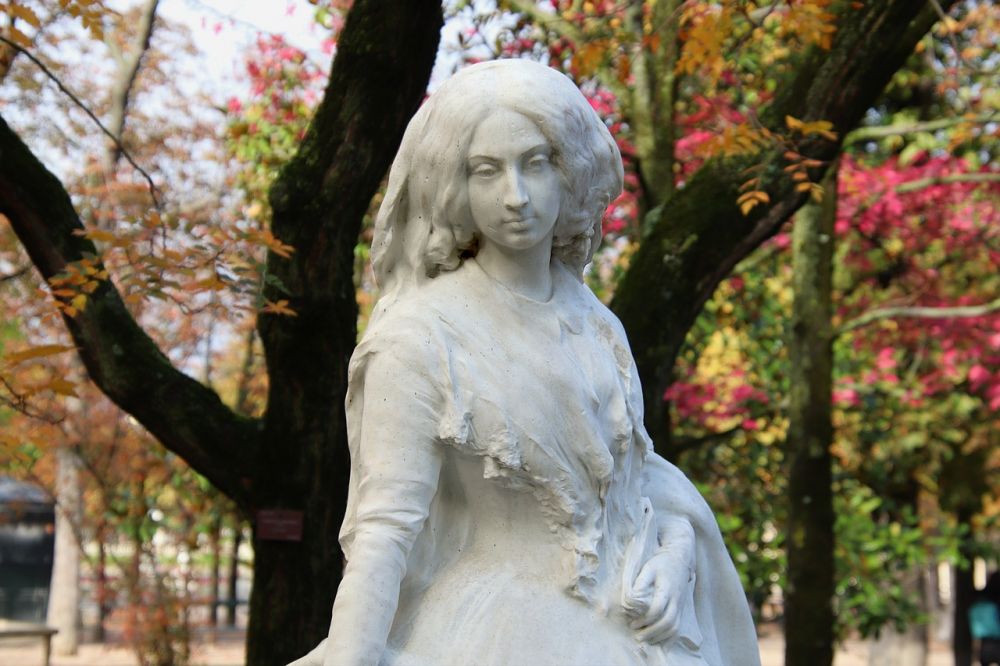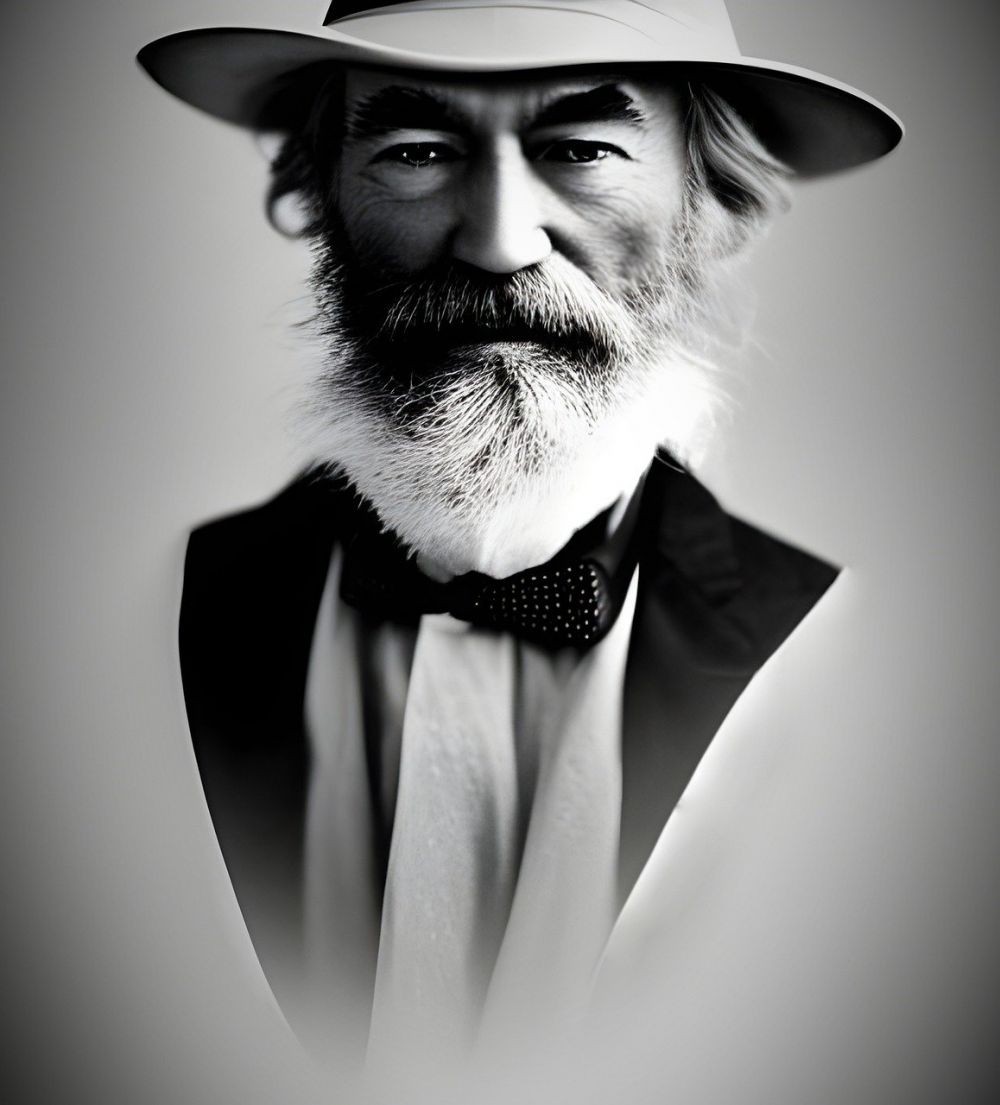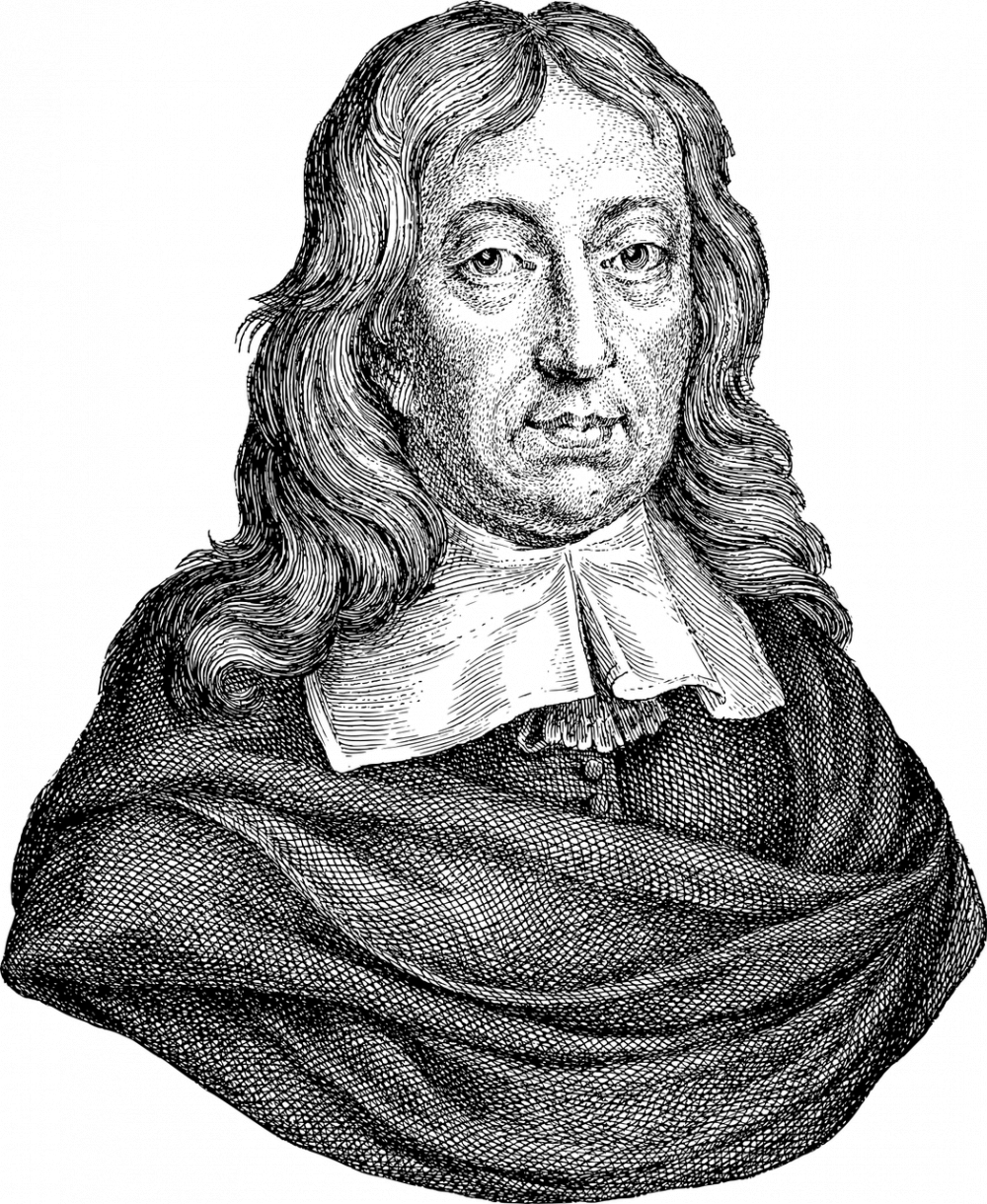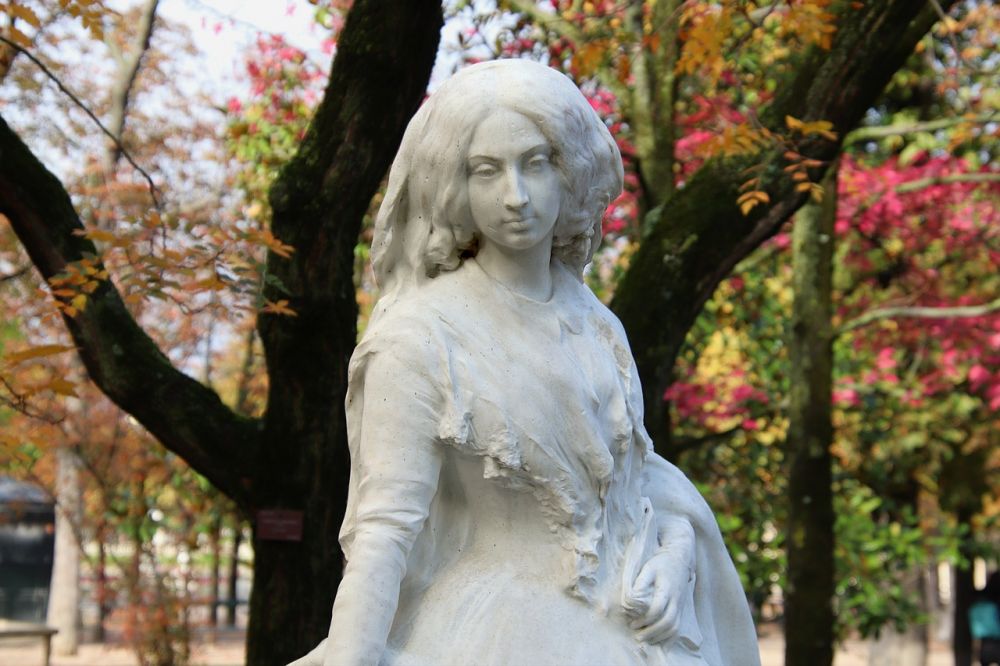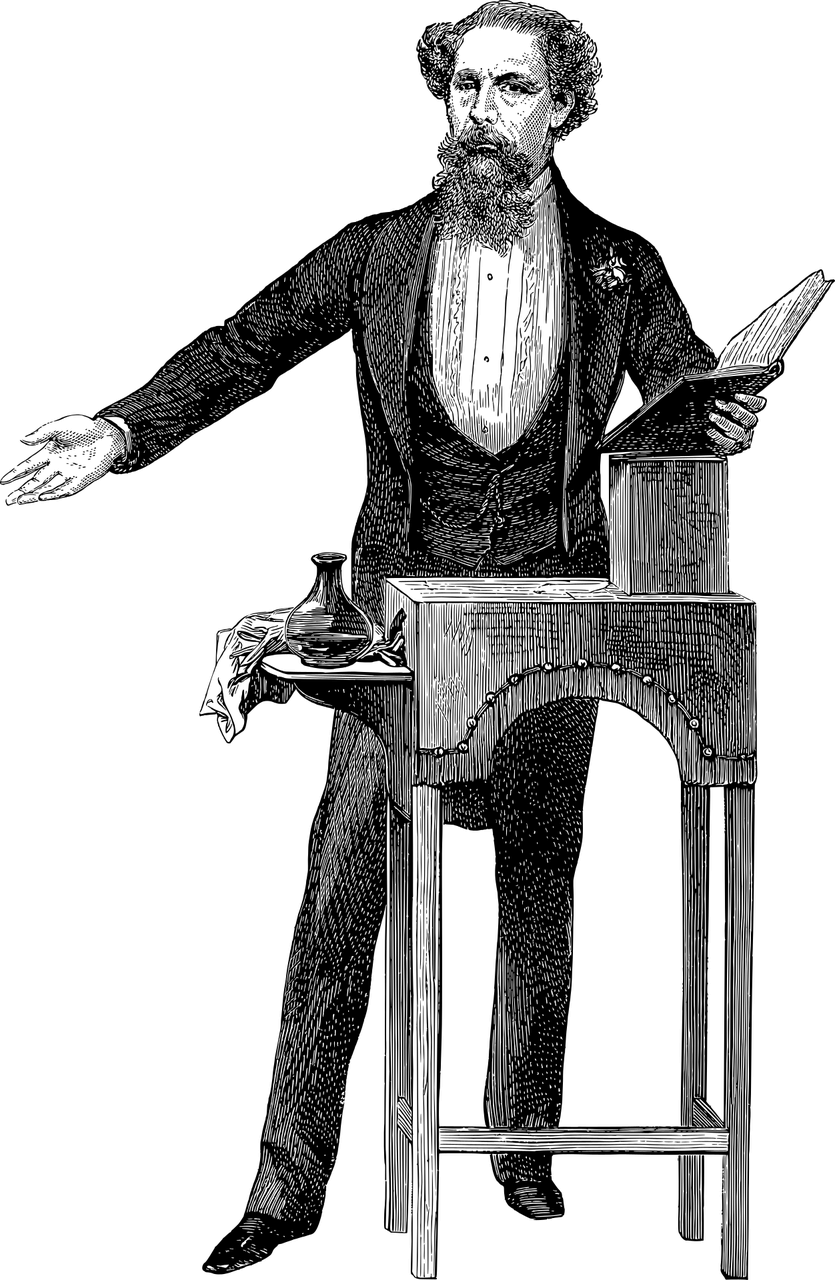Charles Dickens: A Timeless Literary Icon

Introduction:
Charles Dickens is undoubtedly one of the most celebrated authors in the history of English literature. His works have captivated readers for generations, and his unique storytelling style has left an indelible mark in the literary world. In this article, we delve into the life and works of Charles Dickens, shedding light on his importance and appeal to all those intrigued by this fascinating subject.
Early Life and Influences:

Charles John Huffam Dickens was born on February 7, 1812, in Portsmouth, England. From a young age, Dickens showed a remarkable talent for storytelling and an acute observation of social injustices. These characteristics would later become hallmarks of his literary works. Despite his early aptitude for writing, Dickens’ childhood was marred by financial difficulties, and he had to work in a boot-blacking factory to support his family. This period of his life left a profound impact on him and deeply influenced his writing, as he often portrayed the harsh realities of life in his novels.
Literary Career:
Dickens’ literary career began with the publication of his first novel, “The Pickwick Papers,” in 1836. This comedic novel, exploring the adventures of a group of eccentric characters, garnered immense popularity and set the stage for Dickens’ subsequent works. His ability to blend humor with social commentary gained him a loyal readership and established him as a significant figure in Victorian literature.
Over the course of his career, Dickens produced several iconic novels that have become an integral part of literary canon. Works such as “Oliver Twist,” “Great Expectations,” and “A Tale of Two Cities” displayed his mastery of character development, intricate plotlines, and a keen understanding of the human condition. Dickens’ stories often portrayed the contrasting worlds of the privileged upper class and the impoverished working class, highlighting the social inequalities of the time. His characters were vividly drawn, representing a cross-section of society and reflecting the struggles and triumphs of the era.
Evolution of Dickens’ Writing Style:
As Dickens’ career progressed, his writing style underwent noticeable changes. In his early works, he favored lengthy descriptive passages that depicted the minutiae of everyday life. However, as he matured as a writer, Dickens developed a more concise and energetic style, injecting his narratives with a sense of urgency and capturing the essence of the Victorian era.
Apart from his novels, Dickens was a prolific writer of short stories and essays that were published in various periodicals of the time. These shorter works showcased his versatility and allowed him to experiment with different genres and themes. One of his most renowned short stories, “A Christmas Carol,” embodies the spirit of the holiday season and has become a timeless classic, adapted into numerous films and theatrical productions.
Legacy and Impact:
Charles Dickens left an enduring legacy that transcends time and continues to captivate readers around the globe. His vivid descriptions, morally driven plots, and memorable characters have made his works a staple in literature curricula worldwide. Dickens’ keen social commentary and indomitable spirit of storytelling have remained relevant, shedding light on issues still prevalent in today’s society.
Dickens’ literary contributions also extended beyond his novels. He was an avid philanthropist, dedicating considerable efforts to improving the conditions of the poor and addressing social inequalities. His charitable initiatives, coupled with his powerful portrayal of social injustices in his works, played a significant role in raising awareness and inspiring much-needed reform in Victorian society.
Conclusion:
Charles Dickens was a literary genius who used his pen to expose the inequalities and injustices of his time. His works continue to resonate with readers, offering insights into the human experience and evoking empathy for those marginalized by society. Dickens’ ability to combine social realism with captivating storytelling has cemented his place in literary history. As we journey through the pages of his novels, we are transported to a bygone era, enlightened by timeless themes that remain relevant to this day.
So join us on this literary exploration of Charles Dickens’ life and works, and discover the magic that has enthralled readers for centuries.
References:
– Smith, Goldwin. “Charles Dickens: The Inimitable Boz.” University of Toronto Press, 1970.
– Ackroyd, Peter. “Dickens.” Vintage Books, 1991.
– Johnson, Edgar. “Charles Dickens: His Tragedy and Triumph.” Viking Press, 1952.
